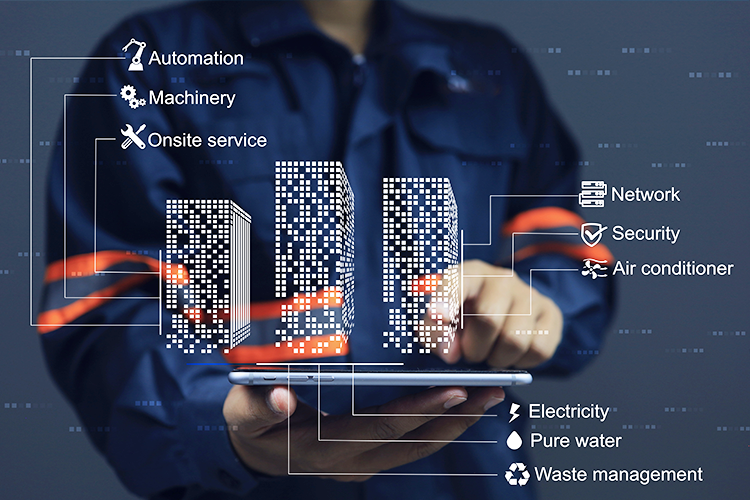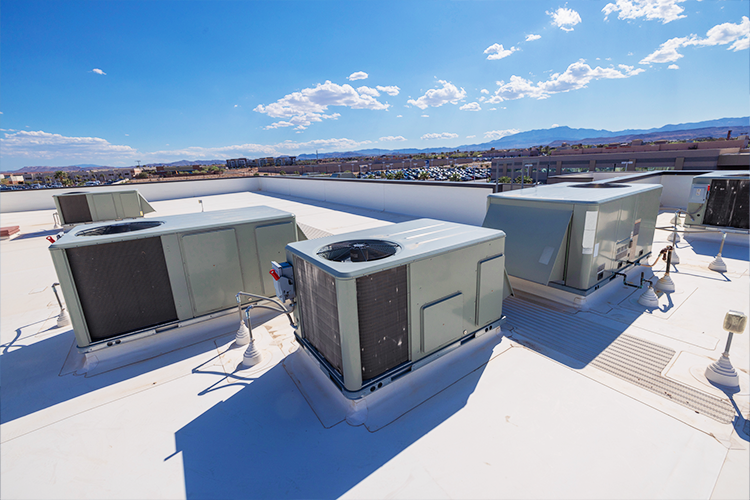Sun, sand, and HVAC energy savings
April 14, 2017
Spring Breakers know that geography matters when seeking a sun, sand and surf-filled reprieve from the colder climates they call home. But did you know geography can also impact your LED lighting retrofit project’s energy savings?
Here’s how: In addition to producing light, lamps give off heat. Easy-Bake Ovens require only a single incandescent bulb to bake cakes for a reason: 90 percent of energy used by that bulb converts to heat.
Compared to traditional incandescent bulbs, LED lamps are up to 85 percent more efficient and produce significantly less heat.
Incandescent are the extreme, but the same theory holds up for EMC’s most retrofitted technology, the linear fluorescent.
This is great for retail, commercial and industrial businesses with locations in warmer parts of the country where cooling systems work year round. When they switch to LED, they not only experience the energy savings this more efficient technology provides, they also require less air conditioning to offset the heat produced by their new lighting solution.
Geography aside, LEDs are also a great option for cold storage facilities where HVAC is running all the time to produce refrigeration and freezer temperatures.
HVAC energy savings was thoroughly examined using data from the U.S. Department of the Navy, Naval Civil Engineering Lab, which tracked “cooling weeks,” for certain cities in each state, essentially the number of weeks buildings in that location typically run air conditioning.
Retrofit customers in warmer states, which have longer cooling weeks, see the most benefit. For instance, a business in Miami, Florida, with its 49.7 cooling weeks, could expect greater HVAC energy cost decreases with a new LED lighting retrofit, compared to one in Seattle, WA, which has only 9.4 cooling weeks.
So what impact can HVAC energy savings have on your lighting retrofit project?
Using the EnergyMAXX Tool, a computerized linear optimization model that uses client site data and industry product data to identify best-in-class LED solutions, EMC can help clients identify and prioritize their locations where HVAC energy savings are maximized.
The tool presents clients with a clear idea of the factors that determine HVAC energy savings for individual site locations, including:
- Total annual energy savings for the lighting retrofit project in kilowatt hours (kWh)
- Weeks of cooling for the retrofit location
- Local electricity rate
Multiplying these factors together determines the equivalent kWh of HVAC Energy Savings per Year for that site.
Some clients prefer to focus on “hard payback,” which is:
project cost / (Lighting kWh savings * kWh Utility Rate)
These savings are very easy to measure and confirm, which some customers want to solely focus on. Others want a more comprehensive view. HVAC energy savings figures into “soft payback.” EMC considers soft payback to be:
project cost / [((Lighting kWh savings + HVAC kWh savings) * kWh Utility Rate) + maintenance savings]
Maintenance savings is another example of savings customers know is real but often struggle to associate with a meaningful cost savings. EMC uses historical failure data and existing maintenance costs to apply an accurate number to this additional savings.
Luckily, the EnergyMAXX Tool personalizes the process for each customer so that their specific interest in HVAC energy savings is addressed. Various scenarios can be generated and compared in the Tool based on the customer’s priorities, such as project payback, product preference, cost savings and incentives.
Having this crucial information helps EMC customers maximize the long-term value of their lighting investments and reduce their total cost of ownership…especially in those places where palm trees are plentiful and temperatures soar.
Tony Johnson is Energy Management Collaborative's Technology Manager. In this role he combines his background in lighting & controls design and solid state light fixture design with his expertise in energy savings to evaluate emerging technologies for EMC customers.


